So you want to save the world? Start small: save your backyard.
That’s the message University of Delaware professor Doug Tallamy has been trumpeting for decades. His work in the Department of Entomology and Wildlife Ecology fuses scientific scholarship with rhetorical flair, packaged into practical advice for everyone who owes their life to an ecosystem — that is, everyone.
The work of Tallamy and his peers has helped inspire a rising tide of devotion to home ecological restoration, which wasn’t as fashionable 20 years ago. Nevertheless, legislators and landscaping companies have been slow to prioritize biodiversity over profit.
Tallamy’s 2020 call to arms, “Nature’s Best Hope: A New Approach to Conservation That Starts in Your Yard,” outlines his ambitious vision for a wild national landscape stitched together by countless, individual native gardens. Grid writer Zane Irwin sat down with Tallamy to ask how that movement has evolved and what its future might look like in Philadelphia.
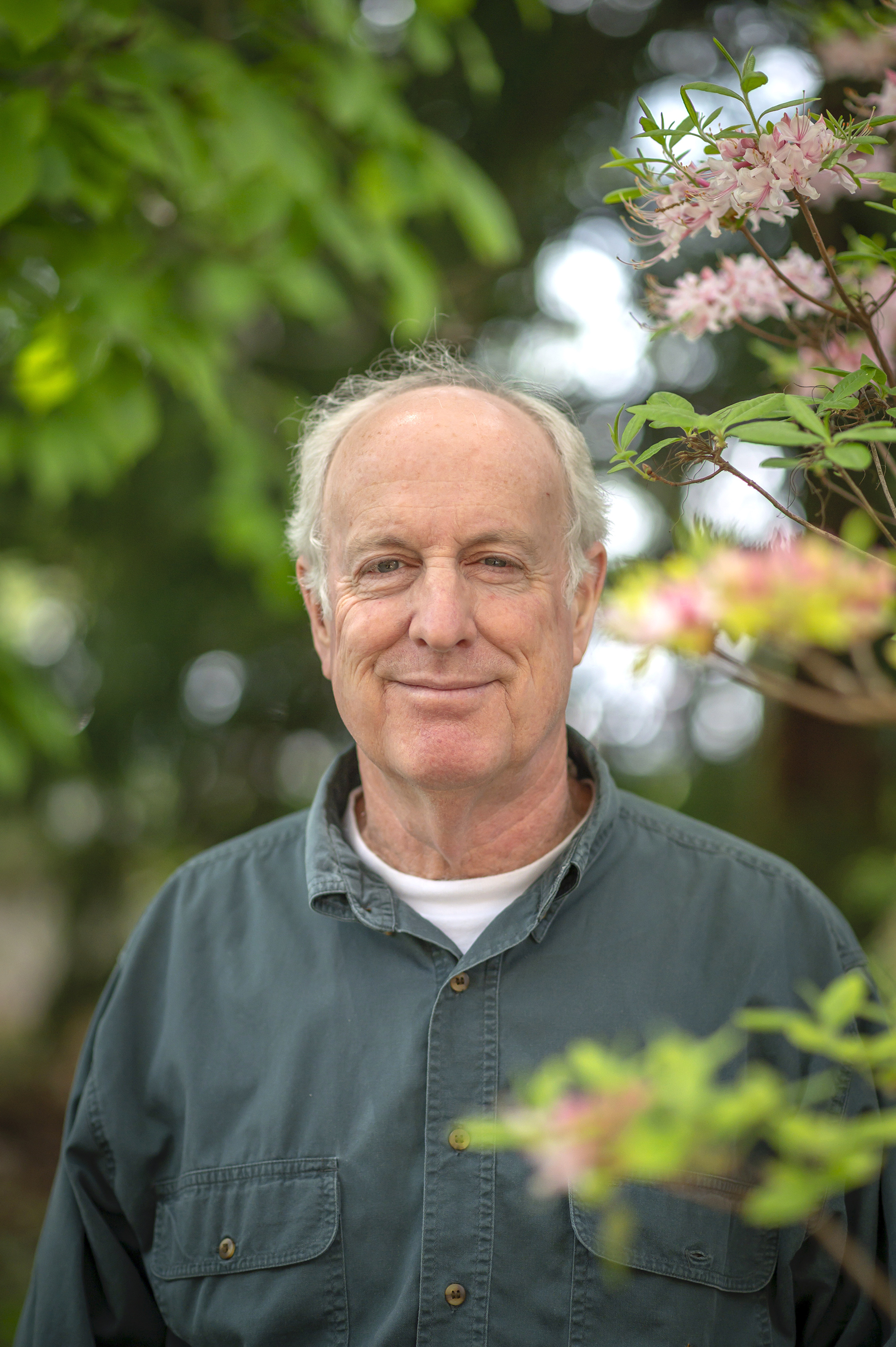
We are products of nature. And our culture has been disconnected from nature for so long that it’s hard to convince people of that.”
— Doug Tallamy
You’ve written that the loss of biodiversity is not just an environmental issue, it’s a human issue. Can you explain what you mean by that? We are products of nature. And our culture has been disconnected from nature for so long that it’s hard to convince people of that. You say, “I live in the middle of Manhattan. I don’t need nature at all.” Well, you can only live in the middle of Manhattan because there’s functional nature someplace else providing all the ecosystem services you need on a daily basis.
How can people in Philadelphia see or understand the consequences of harming our own ecosystems? Let’s not talk about ecosystems, let’s talk about insects. If insects disappeared, we would lose 90% of our flowering plants. And if that happened, the energy flow through our terrestrial ecosystems that support the food webs that support our animals — our amphibians, our reptiles, our birds and our mammals — would all collapse. So whether you live in Philly, outside of Philly, in the Mojave Desert, it doesn’t matter: If we lost our insects, we’d be gone.
But the homeowner doesn’t know this. They don’t know that when they choose a crepe myrtle — which is a beautiful ornamental plant from Asia — as a decoration for their yard, nothing eats a crepe myrtle. So this is where the responsibility of the homeowner comes in. Plant choice matters.
Do you think we’re in a world where more people want to connect with nature, or do you think we’re only getting further from it? I think we’re moving in the right direction. People are upset about the loss of biodiversity and when I tell them there’s something they can actually do about it, they get excited.
We’ve lost 3 billion breeding birds in North America in the last 50 years. We’ve got global insect decline. The United Nations says we’re going to lose a million species to extinction in the next 20 years. These headlines are upsetting people.
Now, the “getting worse” part is that we keep adding people to a finite planet with finite resources. But aside from that, the people that are here are getting more and more on board that we actually can turn things around.
Environmental issues are abstract and depressing for a lot of people. What communication strategies do you use to overcome that barrier to entry? First of all, I use examples of how well this works and I start with what’s happened right at our house. We got a piece of a farm back in the year 2000. There were very few plants here and the plants that were here were all invasive species. So our job was to put it back together again.
And I documented the number of birds that are breeding here. We have recorded 62 species of birds that have bred on our property over the last 23 years, because we put the plants back that make all that bird food. You show pictures of this and people say, “Hey, it really does work! So maybe I can do the same thing.”
E.O. Wilson says we all have biophilia. I try to tap into that.
Is there any wiggle room for people who want to use just a few non-native plants, so long as they’re not invasive? I’ve heard somewhere that there’s a 70-30 rule. You know where that 70% figure came from? My lab. So yes, I agree, there’s room for compromise. No compromise on invasives, they’re ecological tumors. But you can have your ginkgo tree, just don’t let it dominate your landscape.
A lot of people express their creativity and art using their landscape. I’m not trying to squash all that. The real challenge now is, how do we make functional landscapes that are beautiful?
I like to use the analogy of telephone poles. They’re ugly as sin, they’re everywhere, and nobody complains about them. Nobody says, “I’m going to chop down the telephone pole in front of my house because it’s ugly.” It is ugly, but it’s delivering a vital service.
Well, our native plants are delivering a vital service. We have to understand it’s not optional, it’s essential.
What if someone lives in the city in an apartment? How can they help? They don’t have as much power as somebody with a couple of acres, but they do have a balcony. And they can put container plants on that balcony and pollinators will use that.
If you think of our cities as this maze of giant rocky outcrops, you could put plants all over them the way it would be in nature.
If people want to know how to do container gardening with native plants, they can go to our website, homegrownnationalpark.org.
Your first book, “Bringing Nature Home: How Native Plants Sustain Wildlife in Our Gardens,” came out in 2007 and left a huge mark on the field. What has changed since then? If you could rewrite it today, what would be different? Well, I kind of did rewrite it, it’s called “Nature’s Best Hope.” I wrote “Bringing Nature Home” based on theory I was taught in graduate school in the ’70s, but we hadn’t done the big experiments yet. So the next step was to document the degree to which non-native plants are or are not supporting the food web. I didn’t know chickadees needed thousands of caterpillars to make one clutch. But we do know it now.
I think the big thing that’s changed, though, is the general attitude. In the beginning it was a much harder sell. I did a webinar last year out of Ohio State University with 4,700 people. Before, we had to spend a lot of time just trying to convince people that invasive plants were not a great idea. We’re way past that.
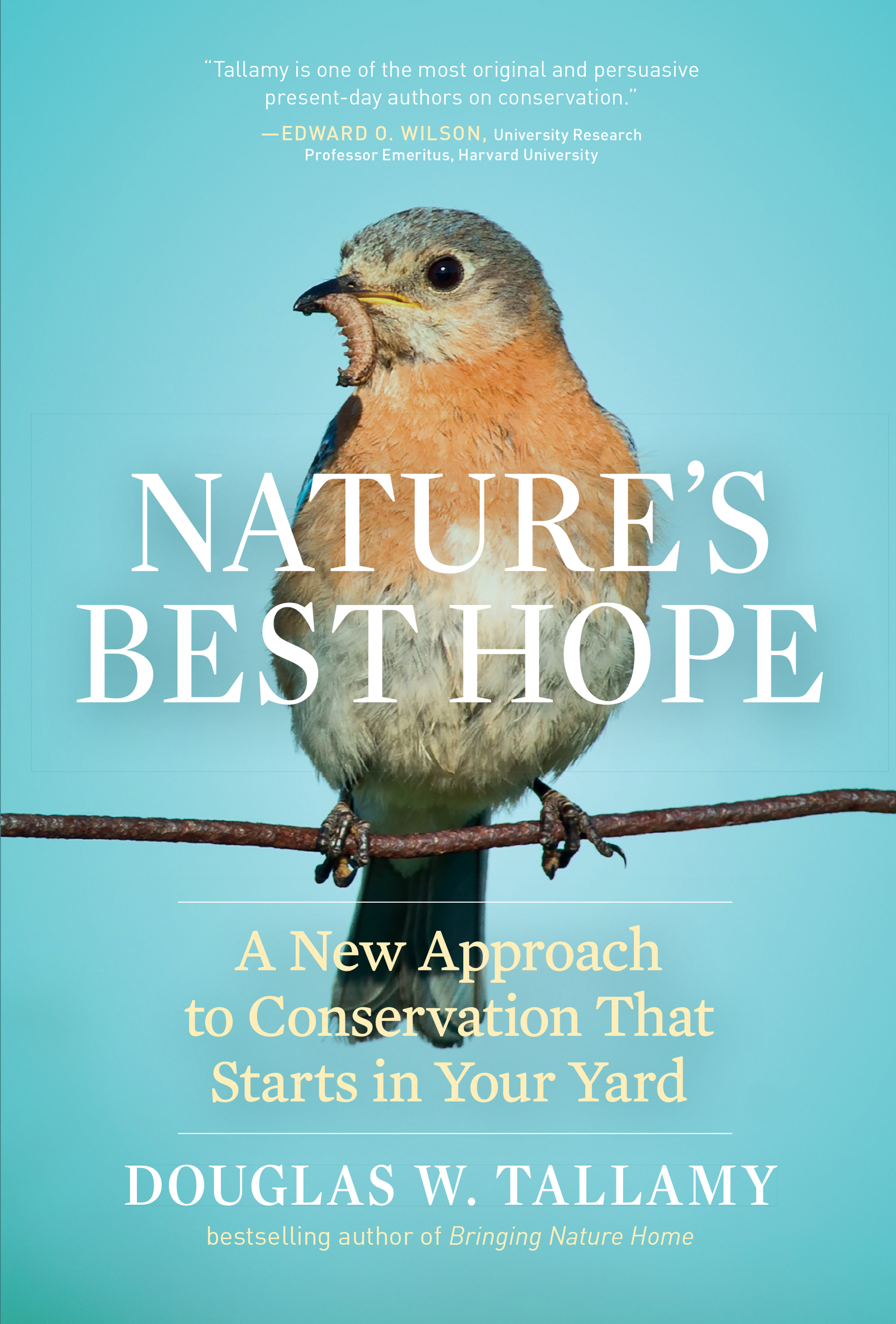
Any closing arguments? We’ll just call it good Earth stewardship — it is everybody’s responsibility because everybody requires it. It’s not just the gardeners. It’s not just the tree huggers. If you hate gardening, it’s still your responsibility to have an ecologically-friendly yard.
If you’re claiming to own a piece of the Earth, you don’t have the ethical right to destroy that piece of the Earth. It affects everybody else.
If you’re not going to garden, you can vote. Don’t ever vote for somebody who denies the existence of science. You’re voting for somebody who’s going to control what your kids and your grandkids and your life is gonna be like. That’s a real responsibility.


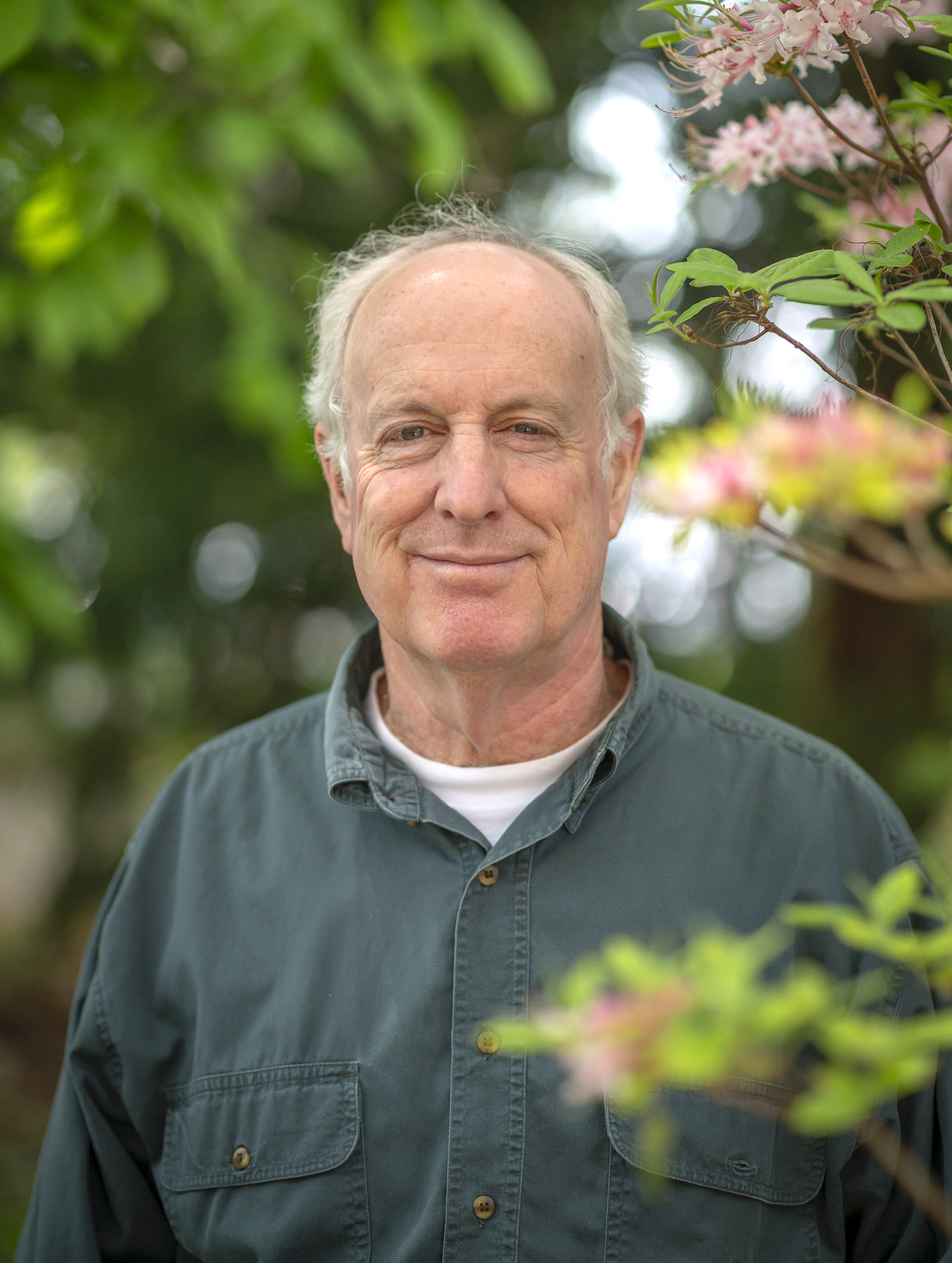
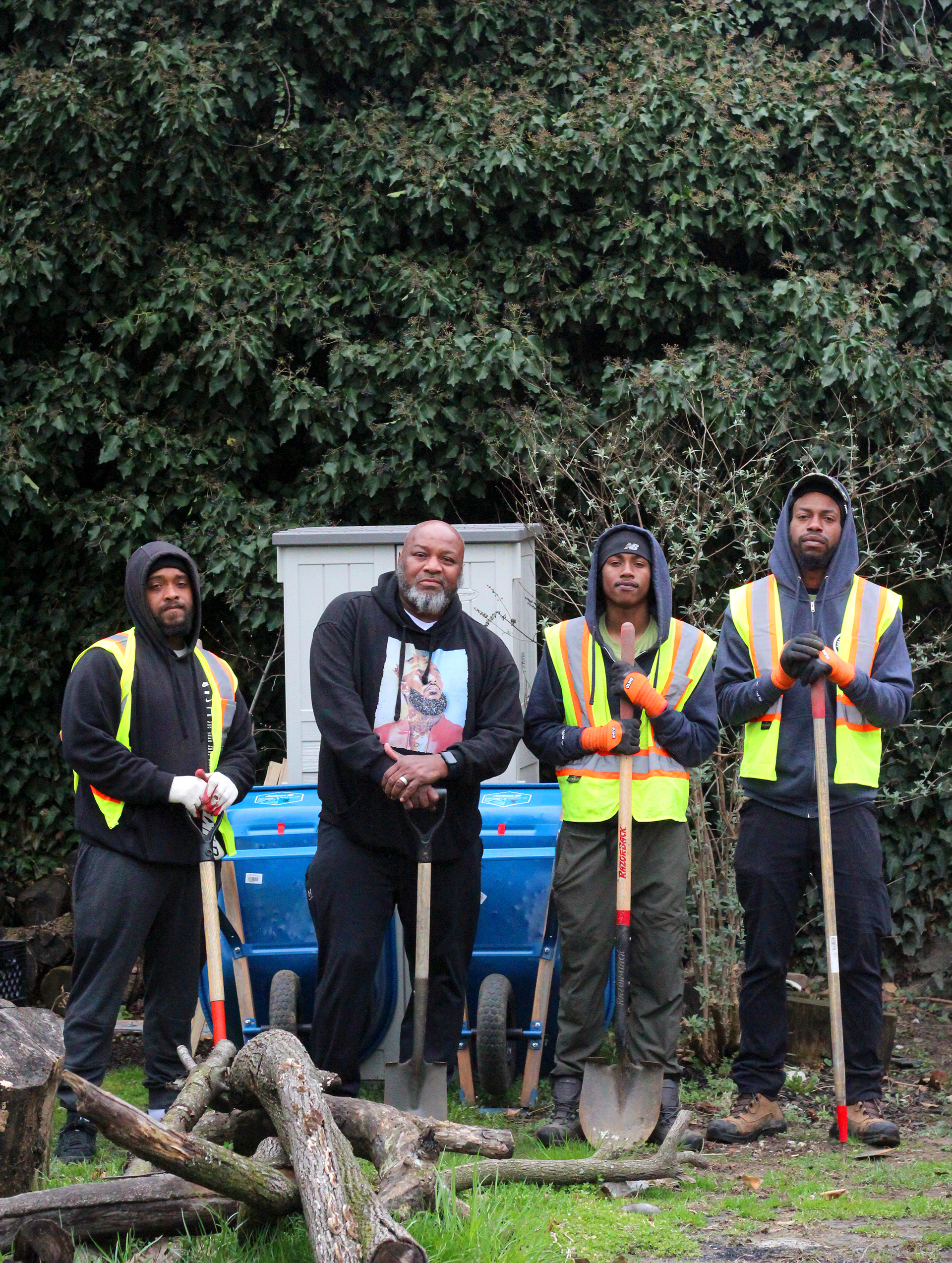
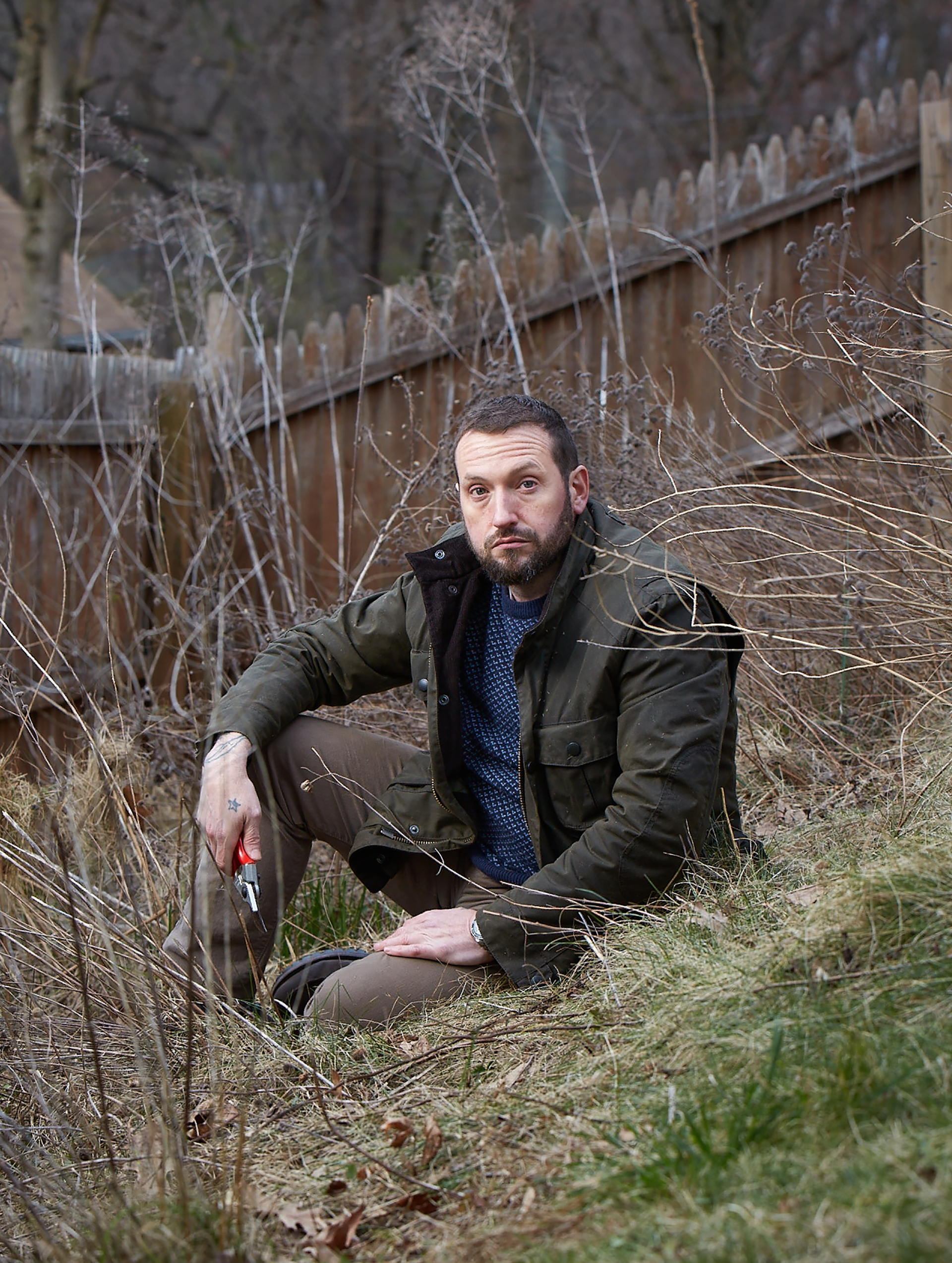
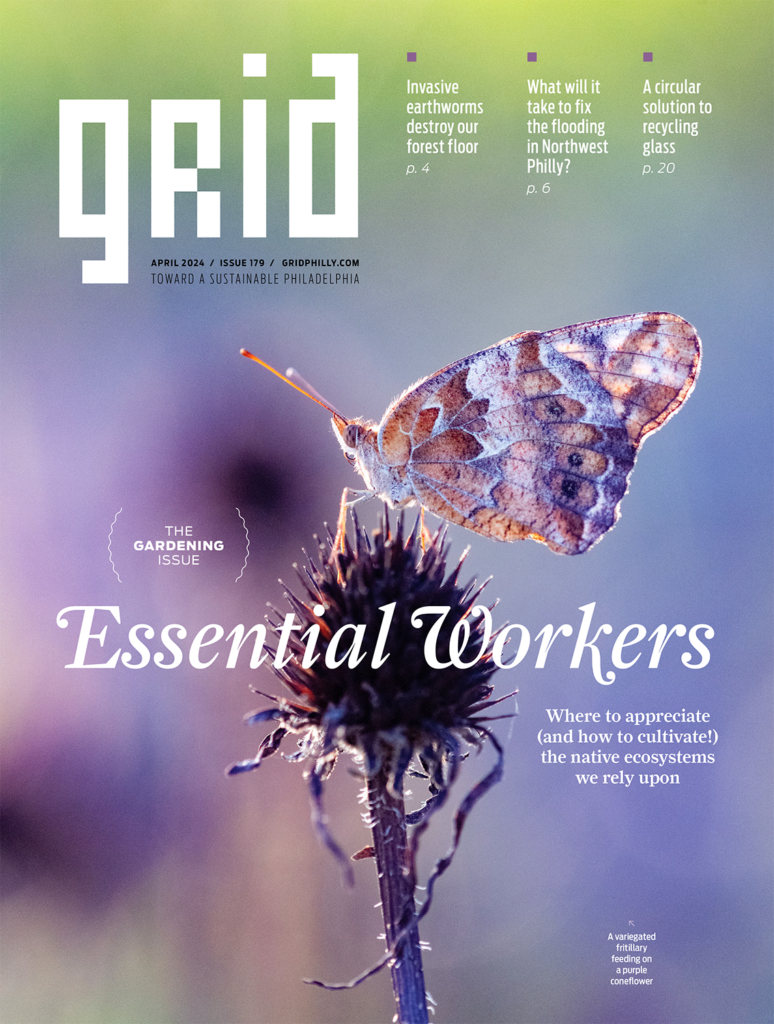
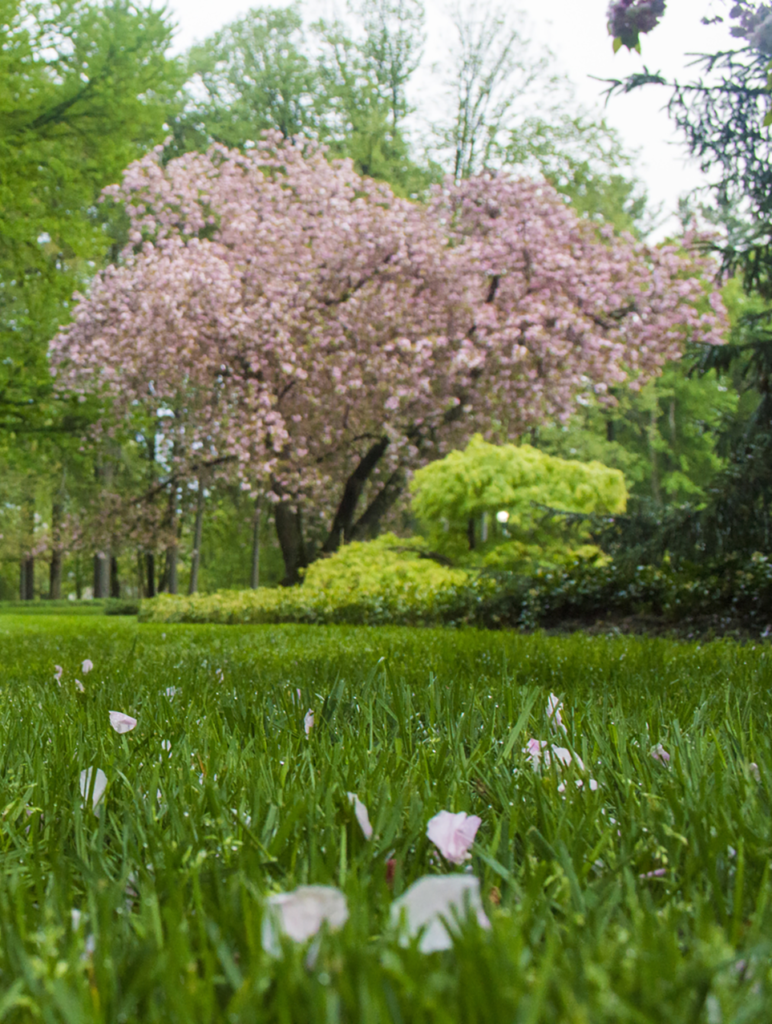

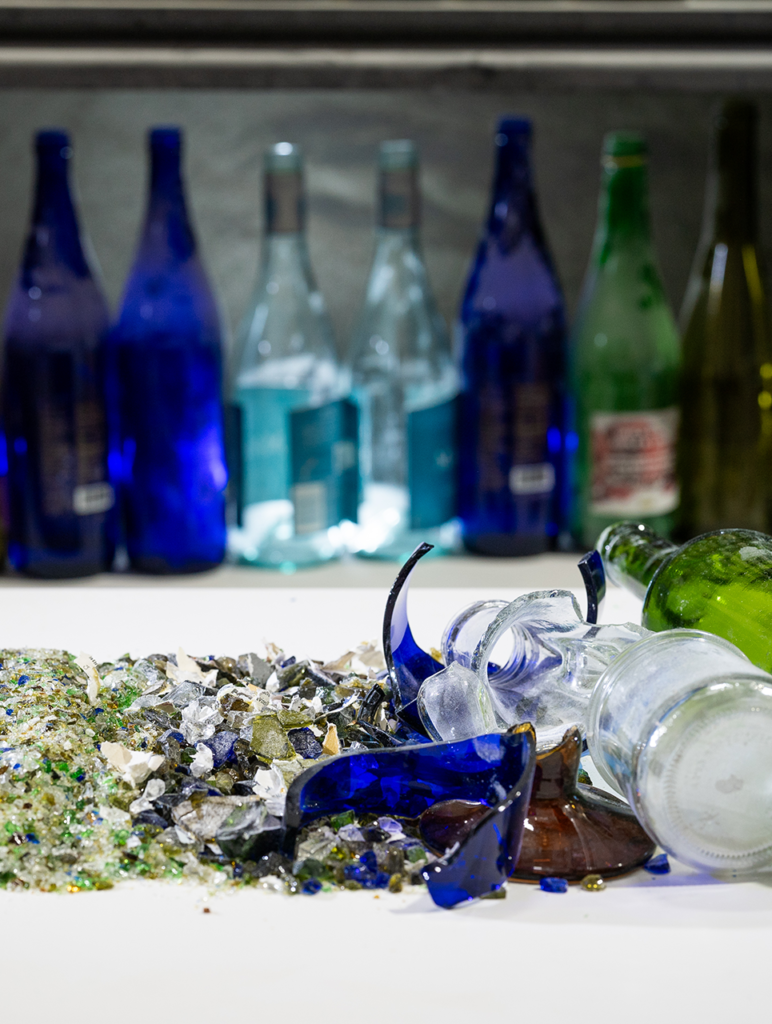
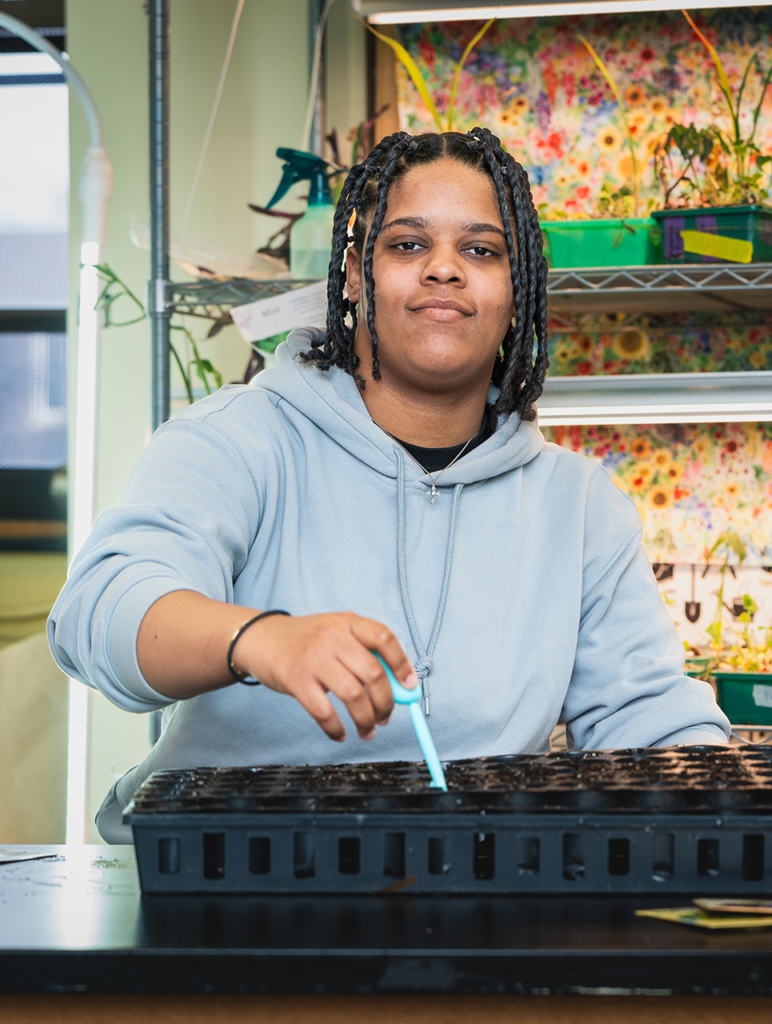
Most people consider Prof. Tallanmy a leading figure in educating and inspiring people to start habitat restoration gardening. I’ve personally read a few of his books and they’re guided me on designing my own garden in NJ.